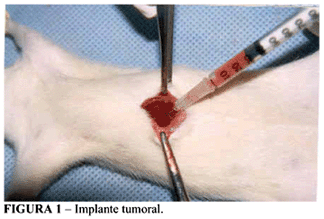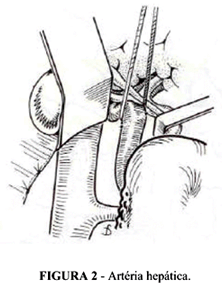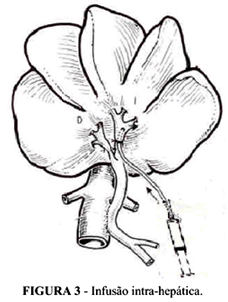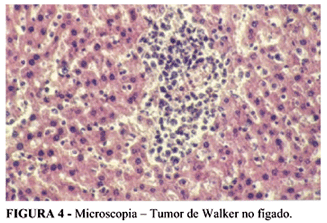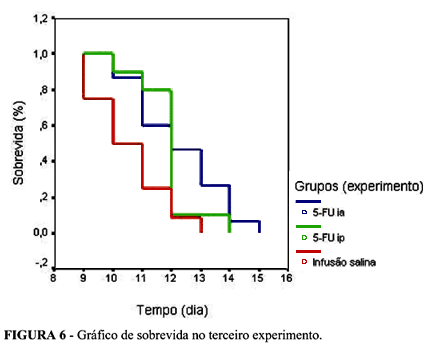PURPOSE: An animal model to study the behaviour of liver tumor in rat and its response after use of transarterial chemoembolization. METHODS: We use 88 Wistar rats, all of them were females, adult, weight 175-284 g. Abdominal incison of three cm and implanted the Walker carcinossarcoma 256 at left lobule of the liver. The animals were divided into three grups, that received 100x10³ , 200x10³, and 300x10³ cells. Followed up the animas to avaliate life standing and tumoral development. In another experiment was used 39 animals which already had Walker 256 tumor and we study the survival of the animals after treatment with 5-FU IP or 5-FU IA. RESULTS: The orevall tumor development rate were 100%. Tumor growth was fast, and devolopment metastases on old fase. The animals dead between 7º and 15º day. Its possible to do chemoembolization experimentaly, after the use of 5-FU the rate survival increased. CONCLUSION: The model with Walker 256 tumor developed here is easy to repoduce, efficient, with high tumor development rate observed, the life standing is about 9,96 ± 0,3 days. The chemoembolization experiment allows to assess several drugs.
Liver tumor model; Walker's carcinosarcoma; Chemoembolization

